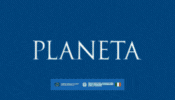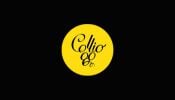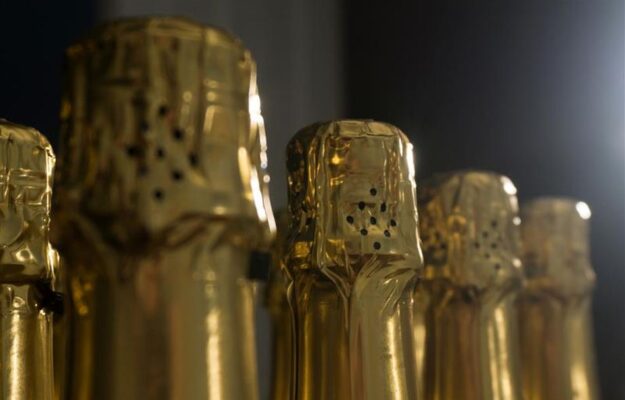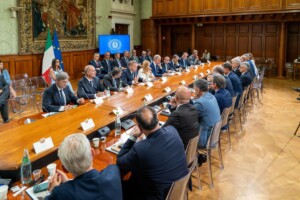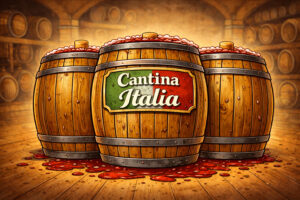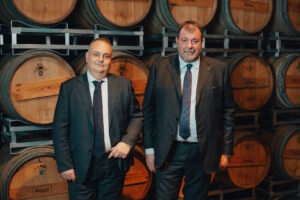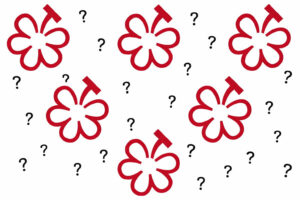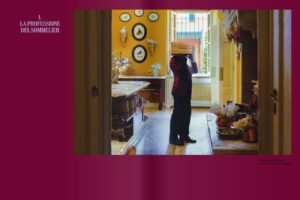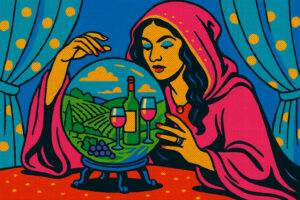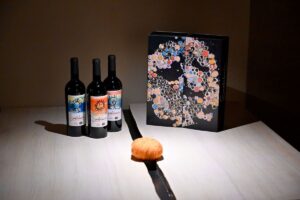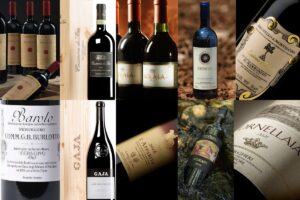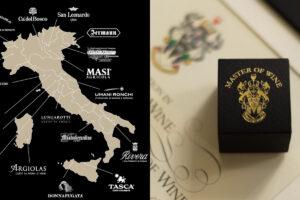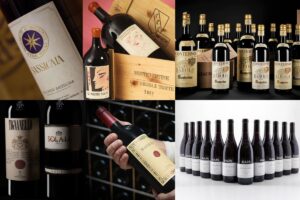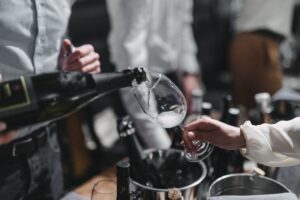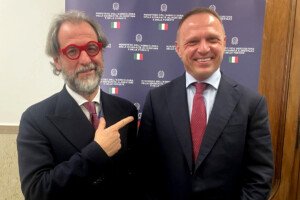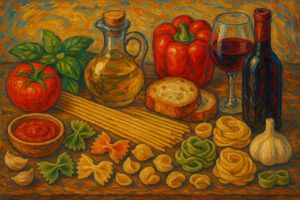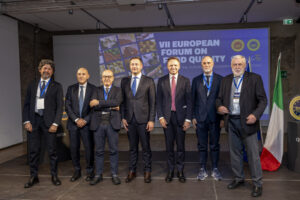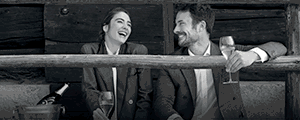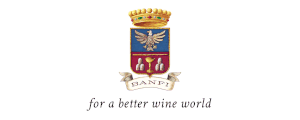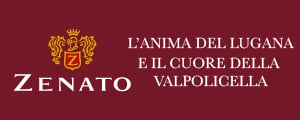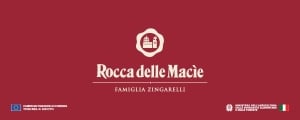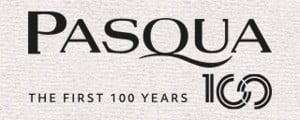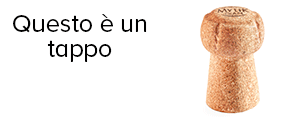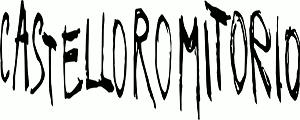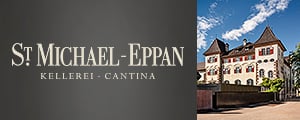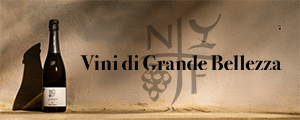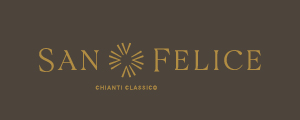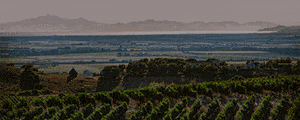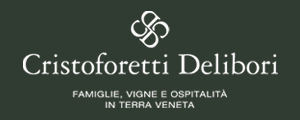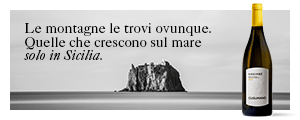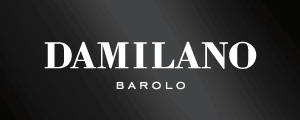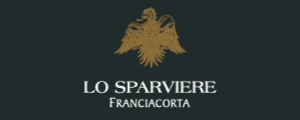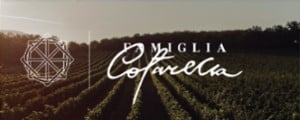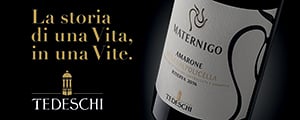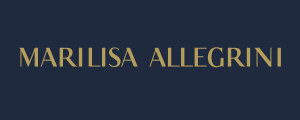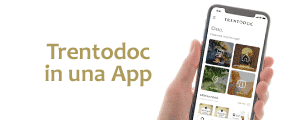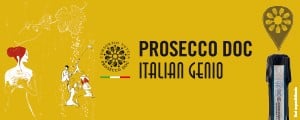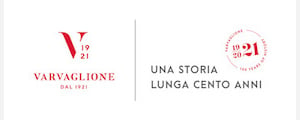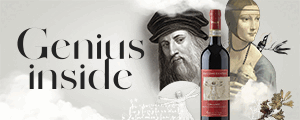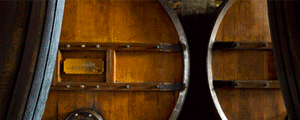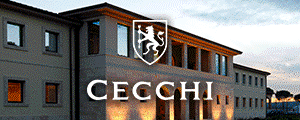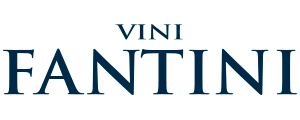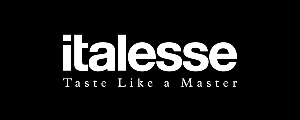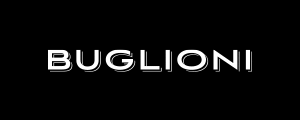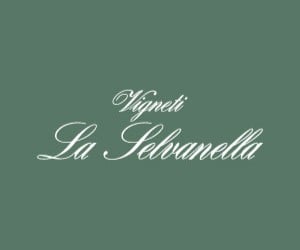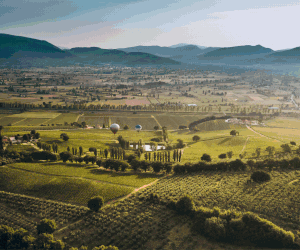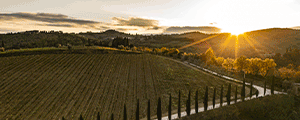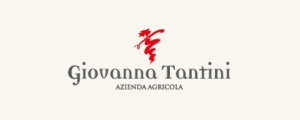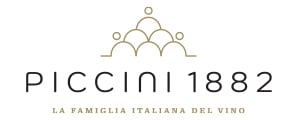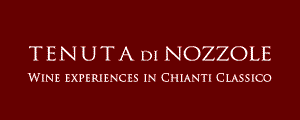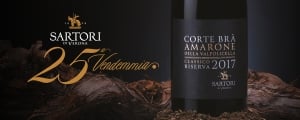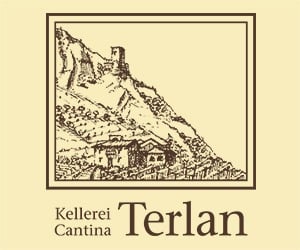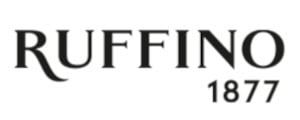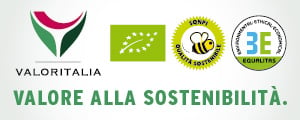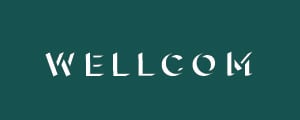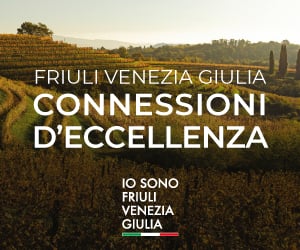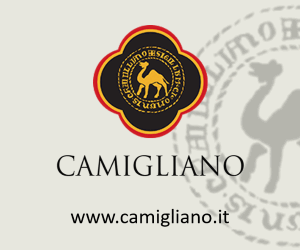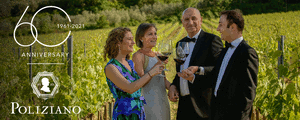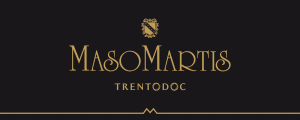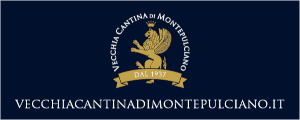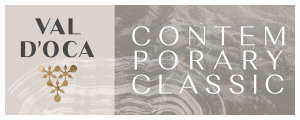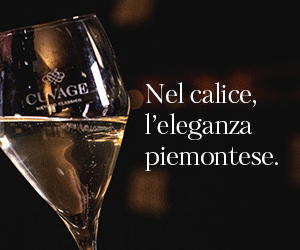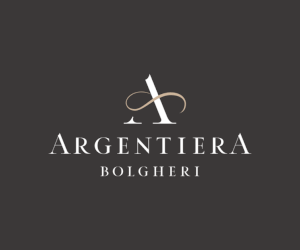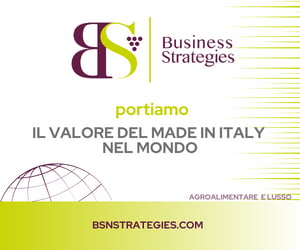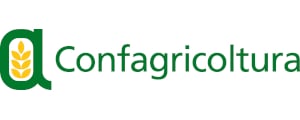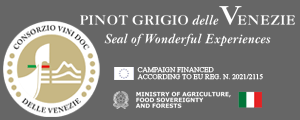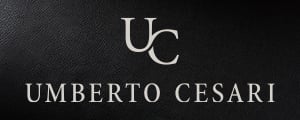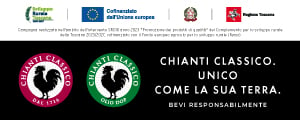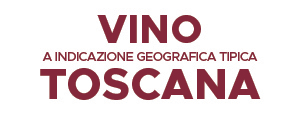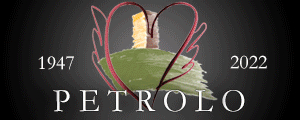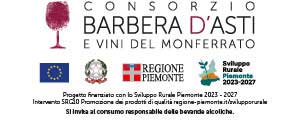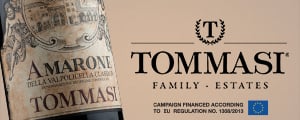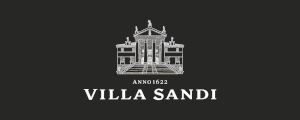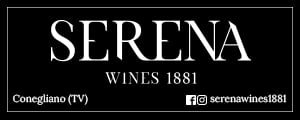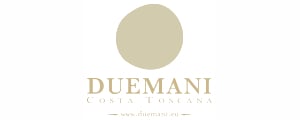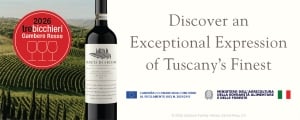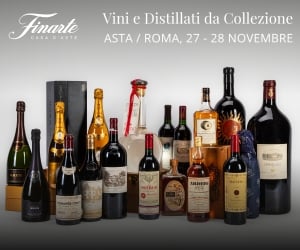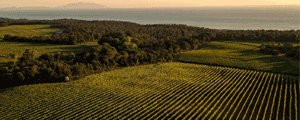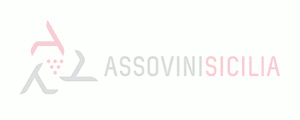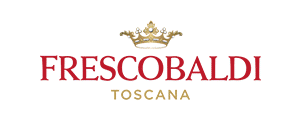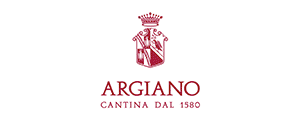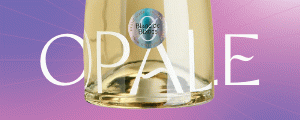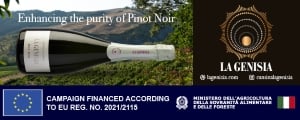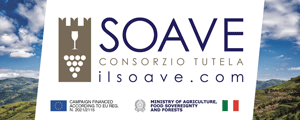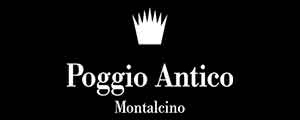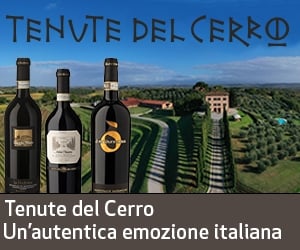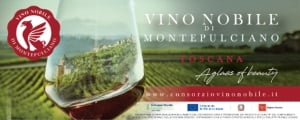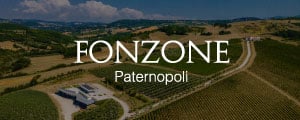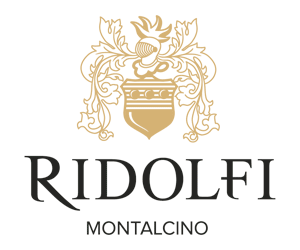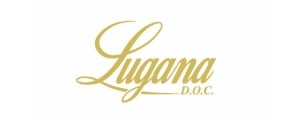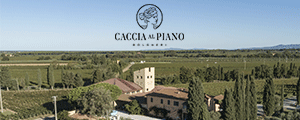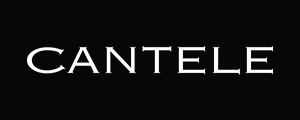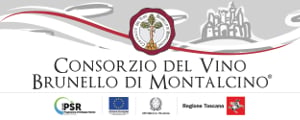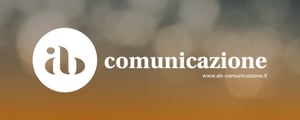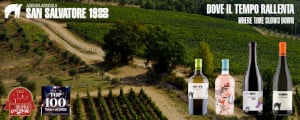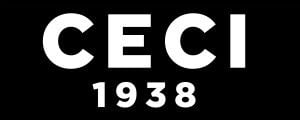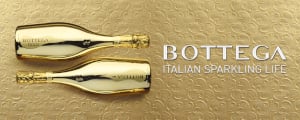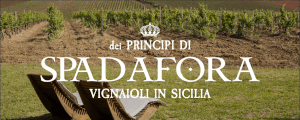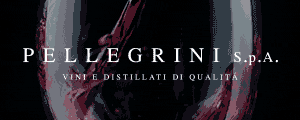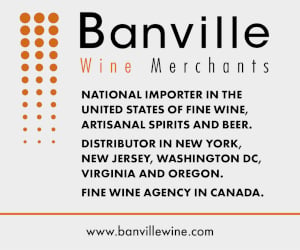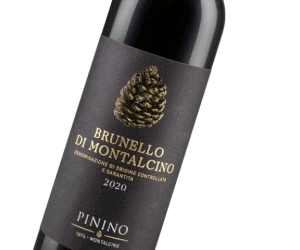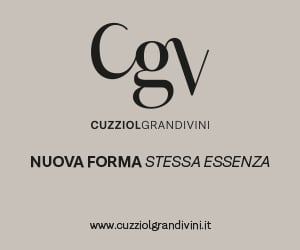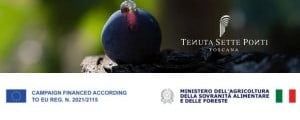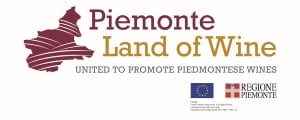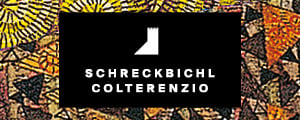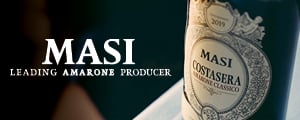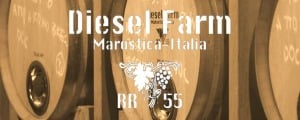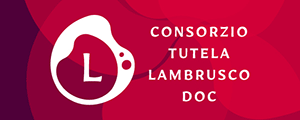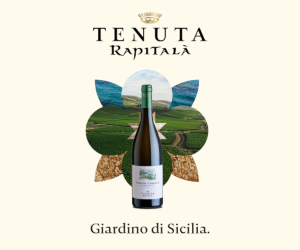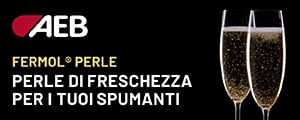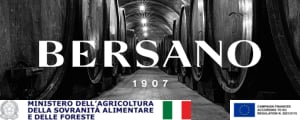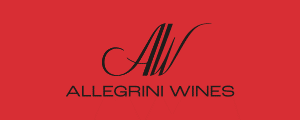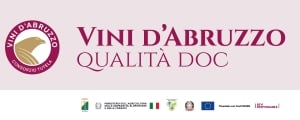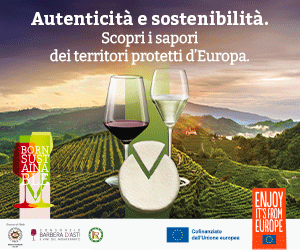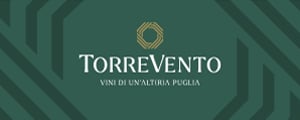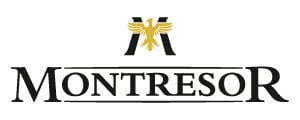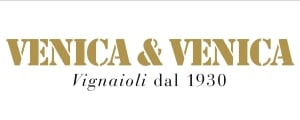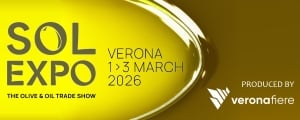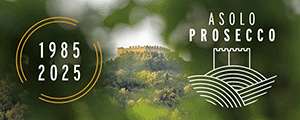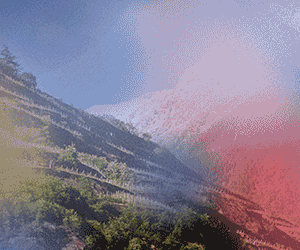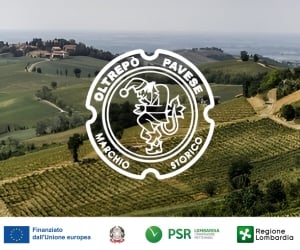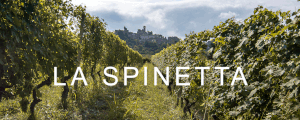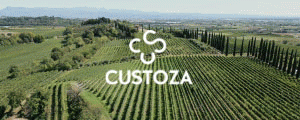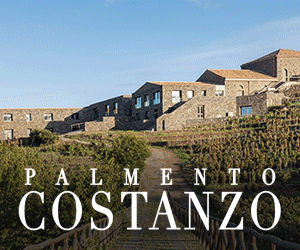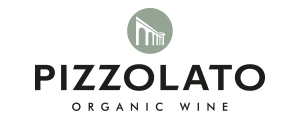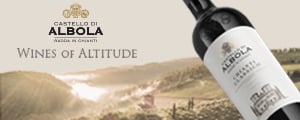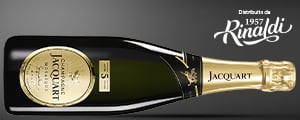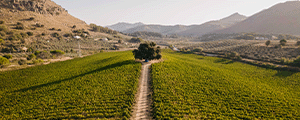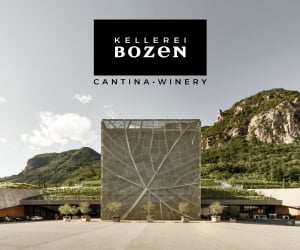The conflict between Russia and Ukraine, which began in 2022 with the tragedy of loss of life and destruction, continues to generate profound effects on the Russian economy as well, affecting domestic consumption. International sanctions, the exit of many foreign companies from the market, and rising import costs have radically altered the availability and prices of products, including wine. Against this backdrop of economic uncertainty and trade restrictions, Russia’s wine sector is also showing signs of collapse, with sales declining across all major categories, from bubbles to fortified wines. For the first time since 2017, the Russian sparkling wine market registers a setback. In the first six months 2025, sales declined -3.6%, stopping at 96 million liters. This breaks an unstoppable run that began eight years ago and accelerated from 2022, with annual increases of more than 5 million liters and a record peak in 2024, when an increase of more than 10 million liters occurred. But the slowdown does not only affect bubbles: still wines are also dropping -1.6% (271 million liters), while fortified wines are plummeting -12.2%, interrupting a steady growth that had lasted eight years. This emerges from data released in recent days by the Federal Service for Alcohol Market Control (Rosalkogoltobakkontrol) and the Emiss system, reported by Rbc Vino. Confirming this negative trend, Italian wine exports to Russia, with the Belpaese among the main suppliers, including of sparkling wines, also suffered a significant slump: according to Istat data analyzed by WineNews, in the first four months of 2025, the value of total Italian wine exports to Russia stopped at 46.1 million euros, marking a -55% decrease over the same period of the previous year with more than 56 million euros less, and with sparkling wines at -47% (for 25.7 million euros).
"The decline is linked to a broader crisis in the Russian retail sector. Sales of everyday goods are down, and the legal network of alcohol sales has shrunk due to new local restrictions, such as those introduced in the Vologda region”, notes Alexander Stavtsev, vice-president Association of Retail Market Experts. “Imported products are the hardest hit, while Russian-made wines seem to be holding up better”.
Overall, retail sales of alcoholic beverages (excluding fermented beverages) decreased by -12.9%, totaling 973 million liters. However, some categories showed signs of growth including local liquor and vodka with +14.9% (86 million liters), and spirits (whiskey, rum, gin and tequila) with +3.9% (68 million liters). According to Andrey Moskovsky, president of Alcopro, a company that trades in agricultural spirits and alcohols, “The growth is due to the localization of production. The exit of many foreign companies and rising import costs have favored local brands, which are now replacing imported whiskey and tequila. Consumers, more price-conscious, are switching from cognac to the now more affordable whiskey. Despite this, vodka sales fell -5% to 351 million liters, returning to 2020 levels. Cognac is also down, marking -10.5% (61 million liters), although it remains above 2017-2022 levels”.
“Part of the apparent decline in low-alcohol categories stems from statistical reclassification. According to the Russian Association of Alcohol Market Participants (Ratk), some producers of low-alcohol beverages, fruit-based spirits, and ethanol-free grape-containing beverages reclassified the products as fermented beverages, thus excluding them from traditional statistics. The consequences have been drastic by reporting a slump in recorded sales of -89.1% for low-alcohol products, -74.6% for fruit-based alcoholic beverages, and -61.6% for ethanol-free grape-containing beverages”, says Rbc Vino.
According to Maxim Chernigovsky, associate professor at the St. Petersburg Presidential Academy, “legal alcohol sales may continue to decline. Rising excise taxes, minimum prices and import costs are fueling the growth of the black market”. “Premium foreign brands of whiskey and tequila are now available 60-70% less than in the pre-crisis period and cost 30-60% more. As a result”, Rbc Vino continues, “consumers are switching to cheaper local options or reducing consumption”.
Even more worrying is the increasing use of illegal alcohol. Chernigovsky notes that “up to 20% of consumers are turning to unlicensed “garage” drinks and moonshine (unlicensed home-made spirits). This is confirmed by increased sales of distilling equipment and estimates that the black market for strong spirits exceeds 200 million liters annually”. “Despite the decline in official sales, total alcohol consumption in Russia remains stable but is increasingly shifting to unregulated channels, raising health and economic concerns”, Rbc Vino concludes.
Copyright © 2000/2025
Contatti: info@winenews.it
Seguici anche su Twitter: @WineNewsIt
Seguici anche su Facebook: @winenewsit
Questo articolo è tratto dall'archivio di WineNews - Tutti i diritti riservati - Copyright © 2000/2025

